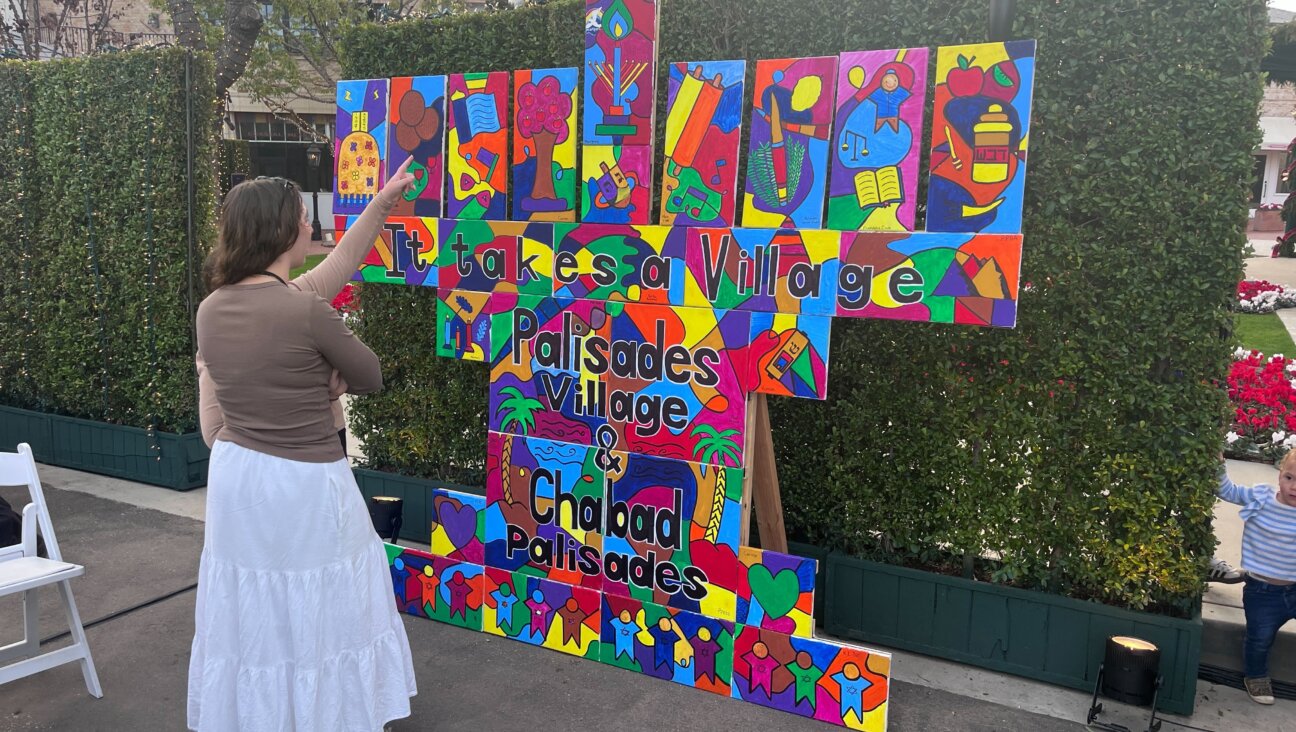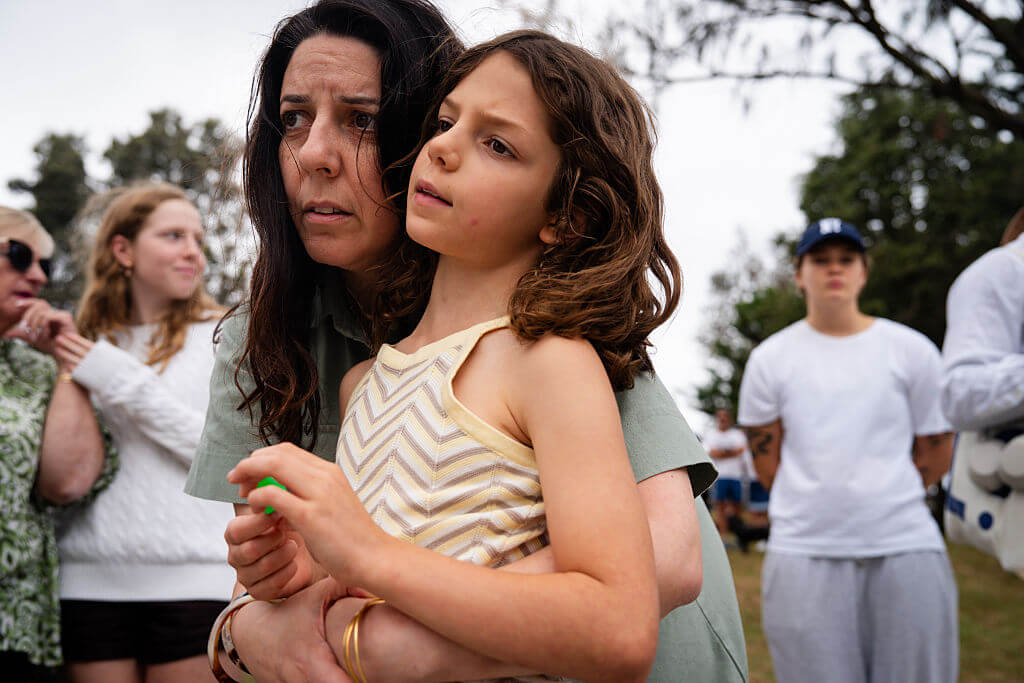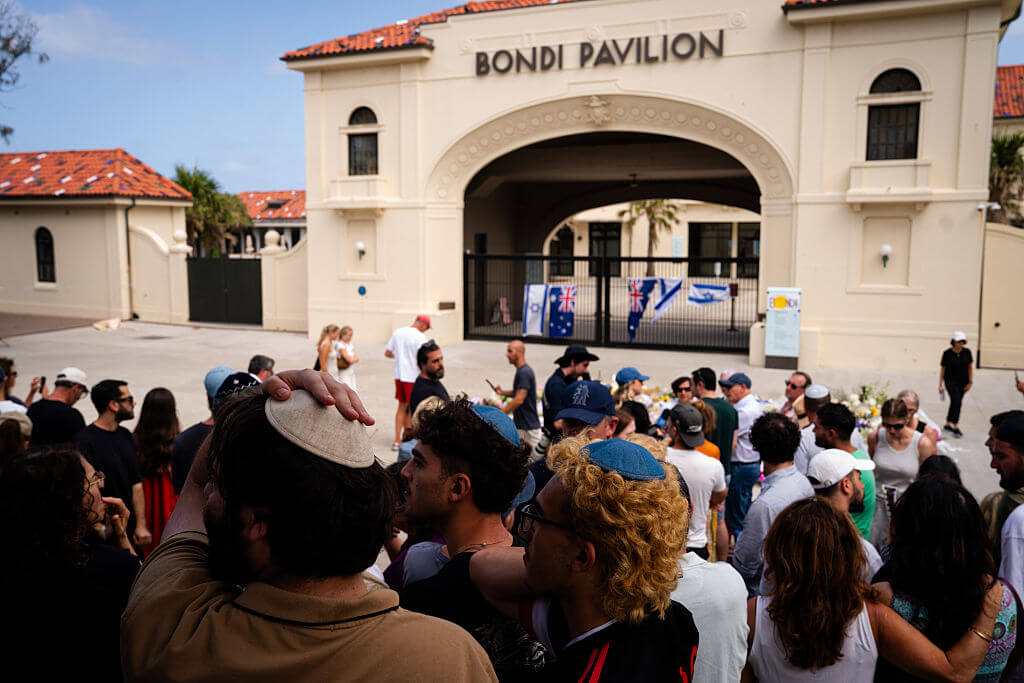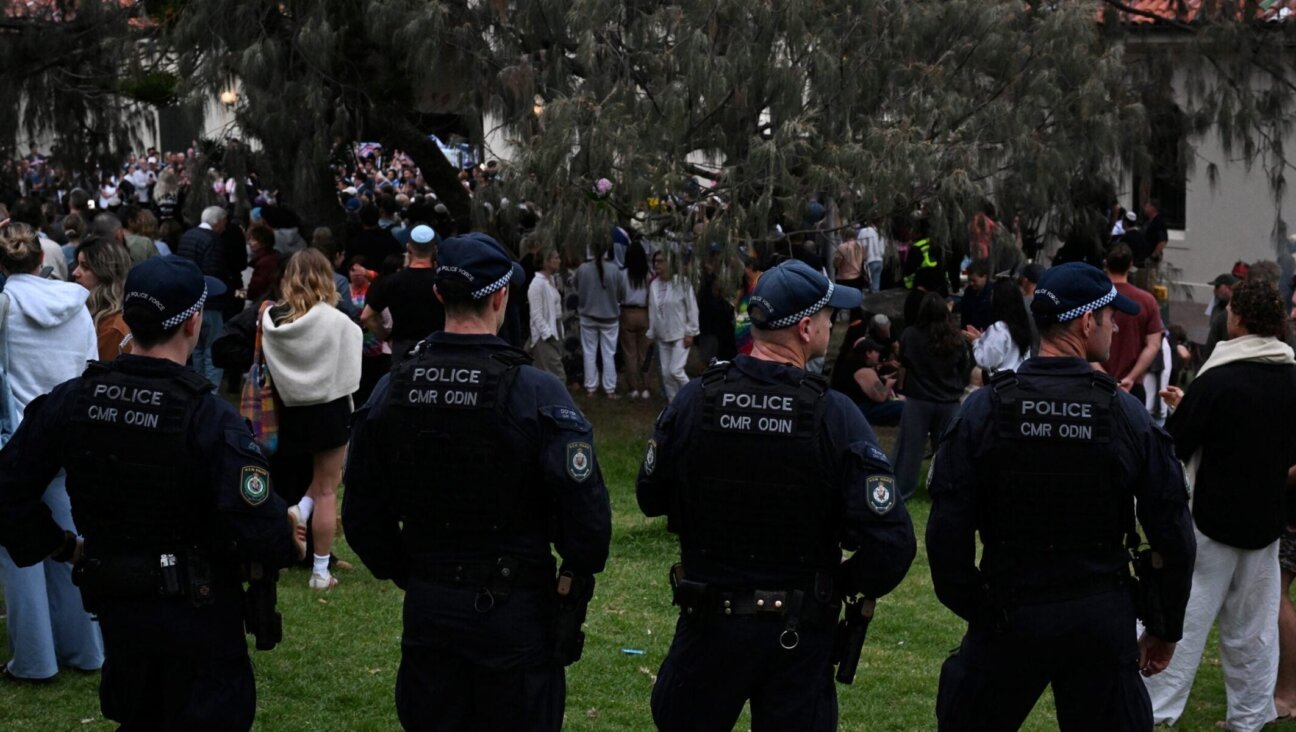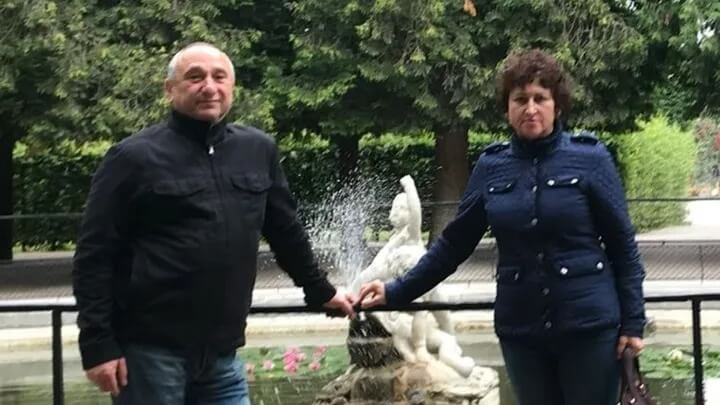Jazzman Strikes a Chord at Community Programs
He has hung out with Dizzy Gillespie, played piano with the Rolling Stones, written three books, hosted national radio and television shows, co-run a jazz record label, produced albums by top jazz and pop performers and composed a Grammy-nominated film score. But what’s tickling Ben Sidran’s ivories these days is the Ben Minkoff Volunteer Service Award that he and his wife, Judy, received last month from the Madison, Wis., Jewish Community Council.
Perhaps the first jazzman to receive a federation’s top prize, Sidran was cited for pro bono performances at programs for Hadassah, Jewish Social Services of Madison and the Madison Jewish Community Council and for accompanying alternative High Holy Day services. His wife was honored for her service as president of Jewish Social Services and a longtime leader of Jewish Community Council programming and fund-raising.
“Judy has done the heavy lifting,” Sidran explained in an interview with the Forward. “My contributions are to make myself available to play music, which I love to do anyway,” he said.
Indeed. Sidran, 60, leads his jazz combo — sometimes including his son, Leo, on drums and guitar — in performances throughout the United States and Europe. He also produces albums by diverse artists — from pop diva Diana Ross to blues crooner Mose Allison — and has written three books, the most recent, “Ben Sidran: A Life in the Music” (Taylor Trade Publishing, 2003), includes a CD of some of the most important songs from his career. His first book, “Black Talk: How the Music of Black America Created a Radical Alternative to the Values of Western Literary Tradition” (Holt, 1970), grew out of his dissertation for a doctoral degree, and he also authored an oral history titled “Talking Jazz” (Pomegranate Artbooks, 1992). Between books, he co-founded the Go Jazz label, hosted “Sidran on Record” and the Peabody Award-winning “Jazz Alive” for National Public Radio and the Ace Award-winning “New Visions” for VH-1, and wrote the music for the documentary “Hoop Dreams.”
Sidran also is a pied piper for his Jewish colleagues. His critically acclaimed CD, “Life’s a Lesson” (Go Jazz, 1994), combined his philosophical material, including the title song, with jazz-rooted interpretations of Jewish songs such as “Ani Ma’amin” and “B’Rosh Hashana.” He developed the music while playing at prayer services in Madison led by Hannah Rosenthal, now executive director of the national Jewish Council for Public Affairs.
To back him on the CD, Sidran recruited a Who’s Who of Jewish jazz and pop musicians, including saxophonists Joshua Redman and Lee Konitz, trumpeters Randy Brecker and Lew Soloff, drummer Danny Gottlieb, harmonica player Howard Levy and singer Carole King.
Though enlisting nonreligious Jewish musicians could be challenging, Sidran recalled, finding them wasn’t. “Jews make up less than 3% of the population, but have made up — and this is my number — 80% of the music business at various times,” he said.
“Most of the independent record labels in the 1940s were owned by Jews. Most of the songwriters in the Brill Building in the 1950s were Jews. Most of our popular songwriters in the 1930s were Jewish,” he recounted. “You have a few who weren’t, but even Cole Porter said the secret to his success was learning to ‘write Jewish.’” Porter meant that he employed a minor scale and, as Sidran explained, a technique that Jewish writers dubbed “smiling through the tears” — moving in the song from minor to major and back again, which created emotional tension.
The Madisonian is no jive cat when it comes to musicology. Last spring, he taught “Jewish Popular Music in America: Berlin to Kravitz,” a course he designed for the University of Wisconsin-Madison Interdisciplinary Arts Residency Program. This winter, he is transposing the course into a popular book that will feature a CD of relevant songs that Sidran and others presented in concert in Madison last spring.
Sidran finds that Jewish music can speak to Jews. “The idea that you have prayers like the ‘Barchu,’ the music and the function of that prayer have informed a lot of composers. That’s alive. That melody is alive, and that melody is connected with meaning in the Bible,” he said. “That combination of meaning and music is part of the Jewish experience.”

